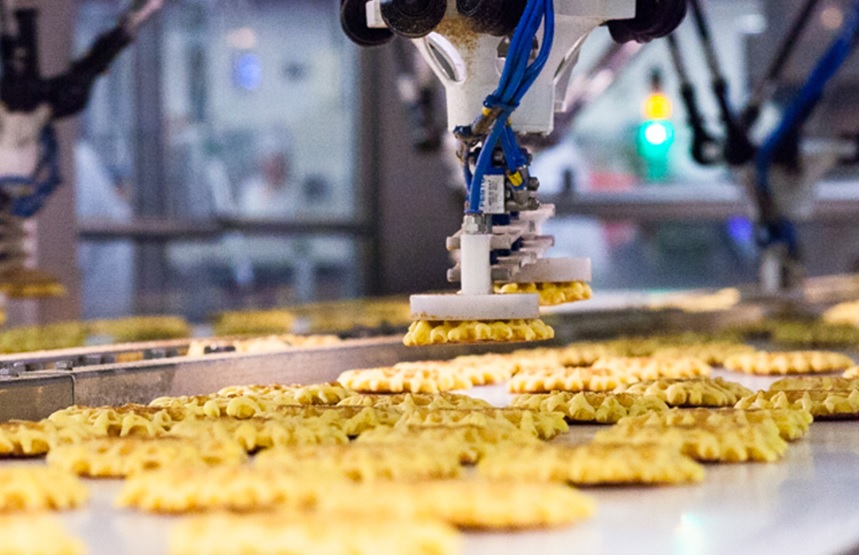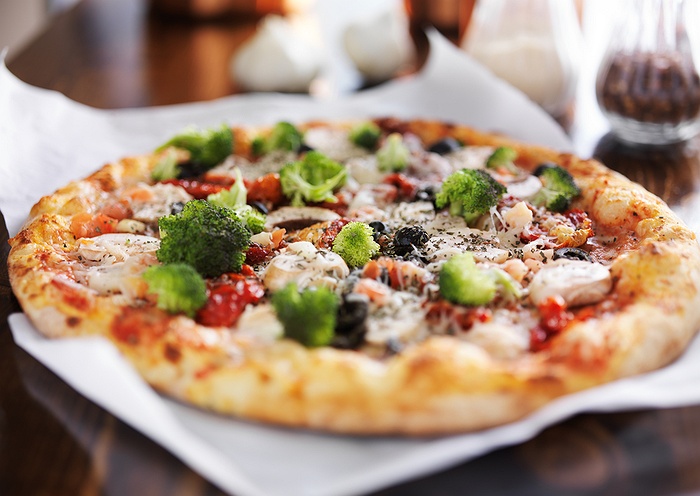
Food packaging is an essential aspect of the food industry, as it plays a significant role in preserving food quality and ensuring its safety. It serves to protect the food, preserve its quality, and ensure that it reaches the consumer in the best possible condition. Over the years, food packaging systems have evolved significantly, and today, automation and robotics are revolutionizing the way food packaging is done.
Automation and robotics have been around for a while now, and their impact on the manufacturing industry has been significant. The food industry has not been left behind, and automation and robotics have been adopted to enhance food packaging processes. Traditionally, food packaging has been done manually, with workers using their hands to pack and seal food products. However, with the advancement of technology, automation and robotics are revolutionizing the food packaging industry. In this blog post, we’ll discuss the ways in which automation and robotics are changing the food packaging industry.
- Increased Efficiency and Speed
One of the most significant benefits of using automation and robotics in food packaging is increased efficiency and speed. Automated machines can pack and seal food products much faster than humans, without any breaks or downtime. This means that companies can produce more food products in less time, which ultimately leads to higher profits.
Robotic packaging machines can also work around the clock, increasing productivity and reducing the need for shift work. This is particularly important in the food industry, where products must be packaged and delivered quickly to maintain their freshness.
With automation, the packaging process is streamlined, and the packaging speed is increased. This results in higher productivity, and manufacturers can produce more products in less time, thus meeting the growing demand for food products.
- Improved Food Safety
Another major advantage of using automation and robotics in food packaging is improved food safety. Human error can lead to contamination of food products, but robots and automated machines can eliminate this risk. They can accurately measure and dispense ingredients, as well as ensure that products are packaged and sealed correctly.
Robots can also detect and remove any contaminated food products, preventing them from entering the supply chain. This is especially important in the case of allergens, where even small traces can be dangerous to some consumers.
Automated packaging machines are designed to be hygienic and easy to clean, which reduces the risk of bacterial contamination. Additionally, robotics can handle food products in a way that reduces human contact, further minimizing the risk of contamination.
- Cost Savings
Although the initial investment in automation and robotics can be significant, it can result in significant cost savings in the long run. Automated machines require minimal maintenance and can last for years, reducing the need for frequent repairs and replacements.
Additionally, automation and robotics can reduce labor costs, as fewer workers are needed to pack and seal food products. This can also lead to fewer workers’ compensation claims and fewer workplace injuries, reducing liability for companies.
- Increased Accuracy
Another benefit of automation and robotics in food packaging is increased accuracy. Automation ensures that the packaging process is standardized, and products are packaged in the same way every time. This results in consistent quality and reduces the likelihood of errors, which can be costly in terms of time and money.
- Customization and Flexibility
Automation and robotics can also offer greater customization and flexibility in food packaging. Machines can be programmed to package products in different sizes and shapes, as well as add customized labels and branding. This can help companies differentiate their products from competitors and increase brand recognition.
Robots can also be programmed to handle a variety of food products, from liquids to solids, without the need for additional equipment or tools. This makes it easier for companies to adapt to changing market demands and new product offerings.
- Use of Artificial Intelligence
One of the exciting developments in food packaging automation is the use of artificial intelligence (AI) and machine learning. With AI and machine learning, packaging machines can learn and adapt to new packaging requirements, ensuring that the packaging process is optimized for each product.
- Sustainability
Finally, automation and robotics can contribute to greater sustainability in the food industry. Many robotic packaging machines are designed to use minimal materials and reduce waste, such as by using only the amount of packaging necessary to preserve the product. Additionally, automation and robotics can reduce energy consumption, as machines can be programmed to use only the amount of energy necessary to complete their tasks.
Overall, automation and robotics are revolutionizing the food packaging industry by improving efficiency, food safety, cost savings, customization and flexibility, and sustainability. While there may be a significant initial investment, the long-term benefits of using these technologies are clear. As the food industry continues to grow and evolve, companies must adapt to stay competitive, and automation and robotics will undoubtedly play a crucial role in achieving this goal. As AI and machine learning continue to advance, we can expect even more exciting developments in food packaging automation in the future.



